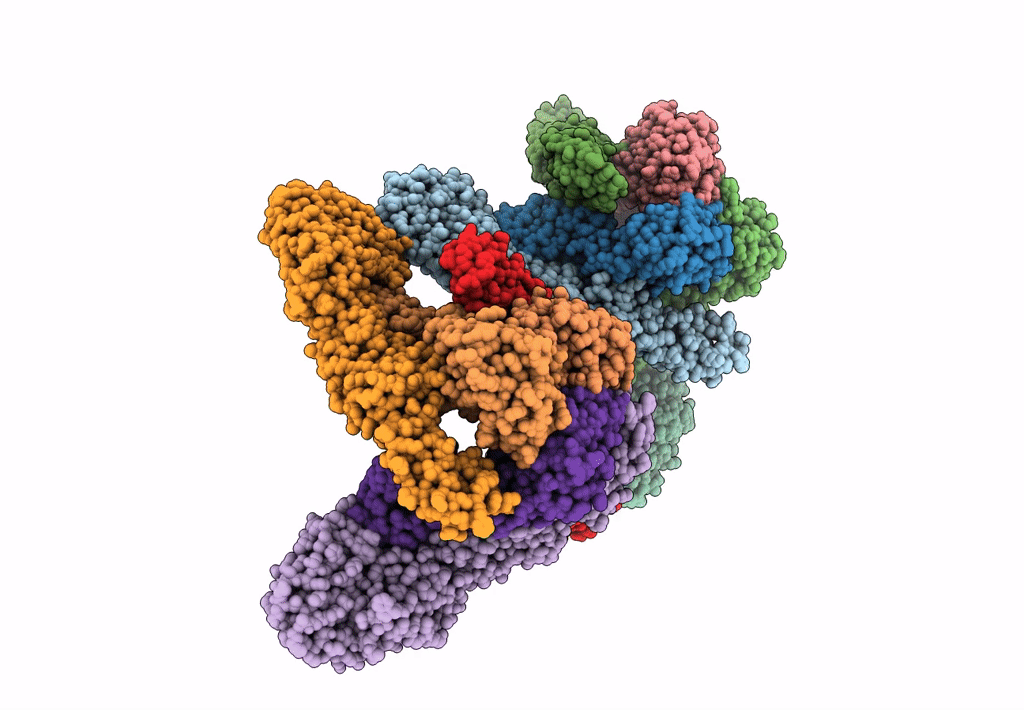
Deposition Date
2021-06-07
Release Date
2022-06-22
Last Version Date
2024-10-16
Entry Detail
Biological Source:
Source Organism:
Host Organism:
Method Details:
Experimental Method:
Resolution:
14.10 Å
Aggregation State:
PARTICLE
Reconstruction Method:
SINGLE PARTICLE


